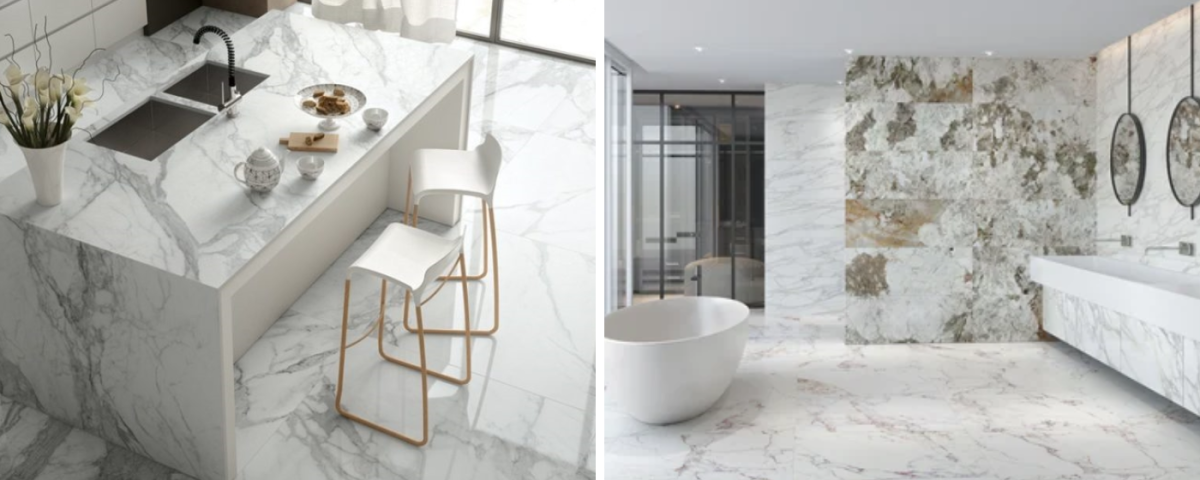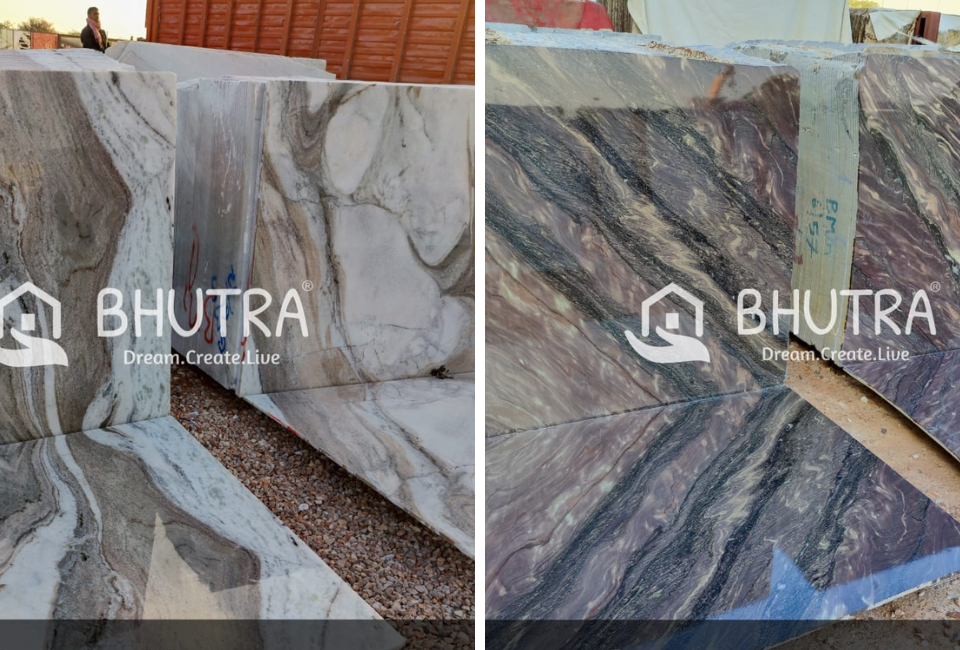Top 10 World Famous Indian White Marble

Top 10 Best Indian Marble For Flooring
December 3, 2023
Marble vs Granite: A Comprehensive Guide to Choosing the Best Stone for Your Space
December 8, 2023Marble, a timeless symbol of luxury and sophistication, has been a prominent material in architectural and artistic endeavors throughout history.
Among the plethora of marbles available globally, Indian white marbles stand out for their exquisite beauty and exceptional quality.
In this in-depth exploration, we delve into the top 10 world-famous Indian white marbles, uncovering their unique characteristics, historical significance, and diverse applications.
Top 10 World Famous Indian White Marble
1. Makrana Marble
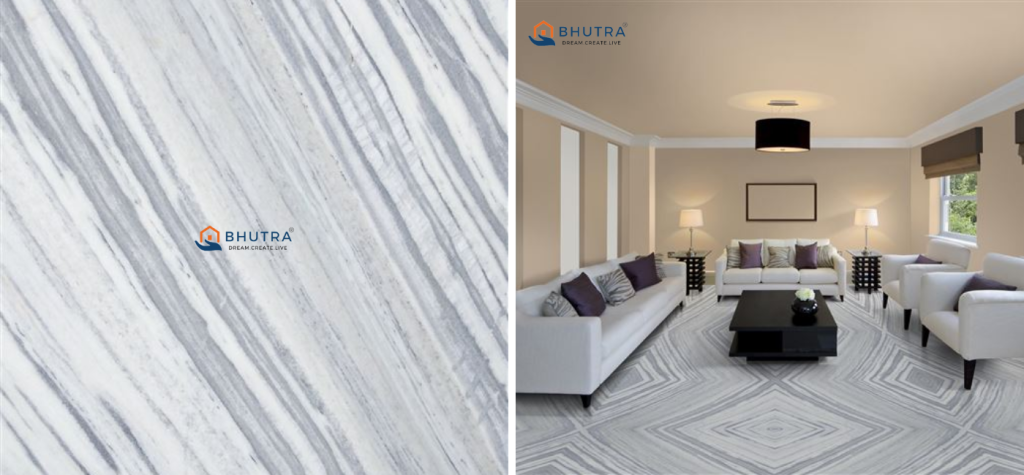
Makrana marble, hailing from the quarries of Rajasthan, is renowned for its pure white hue and unrivaled luminosity. Historically linked to the construction of the Taj Mahal, Makrana marble has graced the interiors of palaces and monuments for centuries. This section will discuss its geological attributes, extraction process, and its enduring presence in architectural masterpieces.
2. Indian Statuario Marble

Named after the Italian word “statue,” Statuario marble is celebrated for its striking white background and intricate veining. Explored in this segment are the various types of Indian Statuario marble, their visual appeal, and the international acclaim they have garnered.
3. Thassos Marble

While Thassos marble predominantly originates in Greece, its presence in India and its popularity in the subcontinent’s architectural landscape cannot be ignored. This section investigates the journey of Thassos marble to India, its unique characteristics, and its application in contemporary design.
4. Albeta Marble

Originating from the Aravalli Range in India, Albeta marble is celebrated for its soft cream and beige hues, complemented by delicate veining. This segment explores the geological formation of Albeta marble, its color variations, and its versatility in architectural applications.
5. Carrara White Marble

Carrara white marble, synonymous with luxury and grandeur, has found its way into Indian architectural designs. This section unravels the allure of Carrara marble, its geological formation, and the cultural exchange that has brought it to Indian shores.
6. Ambaji White Marble

Amidst the rugged terrain of Gujarat lies Ambaji, the source of Ambaji white marble. This segment explores the cultural significance of Ambaji marble in the region, its unique color variations, and its role in both traditional and contemporary Indian architecture.
7. Rajnagar White Marble
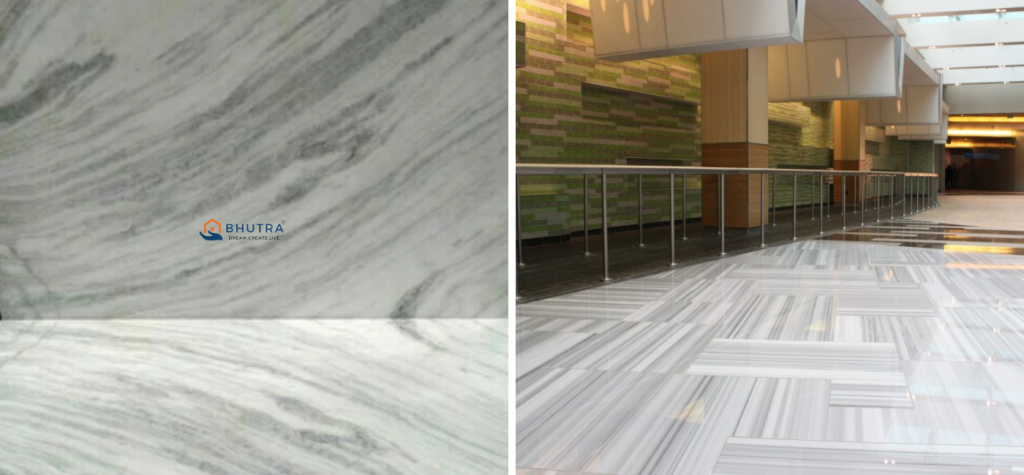
Rajnagar white marble, extracted from the quarries of Uttar Pradesh, is celebrated for its enduring elegance and strength. This section delves into the geological characteristics of Rajnagar marble, its historical applications, and the modern architectural marvels that showcase its timeless appeal.
8. Kishangarh Marble

Known as the marble city of India, Kishangarh has emerged as a hub for marble trading and craftsmanship. This segment explores the diversity of marble available in Kishangarh, with a focus on the white varieties that have gained global recognition.
9. Chak Dungri Marble
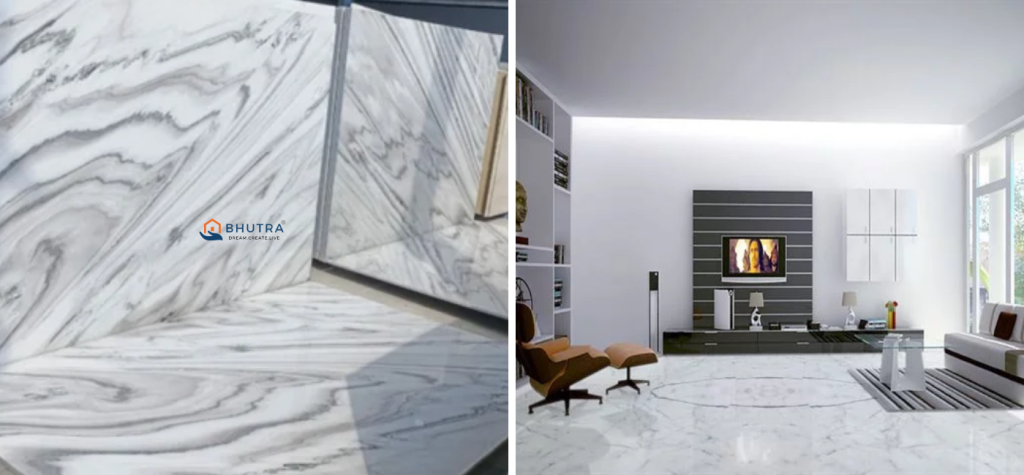
Dungri marble, sourced from the western state of Maharashtra, boasts a unique blend of white and grey tones. This section explores the geological composition of Dungri marble, its visual appeal, and its applications in both interior and exterior design.
10. Jaisalmer Yellow Marble

While predominantly associated with its golden hues, Jaisalmer also produces a distinct variety of white marble. This segment explores the geological attributes of Jaisalmer Yellow marble, its unique color variations, and its applications in architectural design.
Why Choose Indian White Marble?
Indian white marble has established itself as a preferred choice for architects, designers, and homeowners globally. This section will delve into the compelling reasons why Indian white marble continues to be a popular selection.
From its timeless elegance and exceptional quality to its versatility in various applications, readers will gain insights into the unique attributes that make Indian white marble a symbol of luxury and sophistication.
Trusted Source for Premium Indian White Marble
When it comes to sourcing the best Indian white marble, Bhutra Marble & Granites has emerged as a trusted name in the industry.
This section will highlight the company’s commitment to quality, a wide range of marble varieties, and its reputation for delivering premium products.
Readers will learn about Bhutra Marble & Granites’ role in promoting sustainable practices and its contribution to the global availability of top-notch Indian white marbles.
FAQs
Q1: What sets Indian white marble apart from other marble varieties?
Indian white marble is renowned for its pure white hues, exceptional luminosity, and unique veining patterns. Its distinct characteristics, coupled with a rich history of craftsmanship, contribute to its timeless appeal, setting it apart from other marble varieties.
Q2: How can I ensure the authenticity and quality of Indian white marble when purchasing?
To ensure authenticity and quality, it’s crucial to source Indian white marble from reputable suppliers. Companies like Bhutra Marble & Granites adhere to strict quality standards, providing detailed information about the origin, extraction process, and characteristics of their marble varieties.
Q3: Are there sustainable practices in the Indian white marble industry?
Yes, the Indian white marble industry is increasingly adopting sustainable practices. From responsible quarrying to eco-friendly processing methods, efforts are being made to minimize the environmental impact. It’s advisable to choose suppliers who prioritize sustainability in their operations.
Q4: Can Indian white marble be used in outdoor applications?
Yes, Indian white marble is suitable for outdoor applications, but the specific variety and finish should be considered. Some varieties, like Rajnagar white marble, are known for their durability and can withstand outdoor elements. It’s recommended to consult with experts or suppliers to determine the best marble for your specific outdoor project.
Q5: How do I maintain and care for Indian white marble surfaces?
Maintaining Indian white marble involves regular cleaning with a pH-neutral cleaner and avoiding abrasive materials. Sealing the marble can help protect it from stains. It’s essential to follow the recommended care guidelines provided by the supplier and consider factors such as the marble’s finish and application.
Q6: Are there budget-friendly options among Indian white marble varieties?
While some Indian white marble varieties are considered premium due to their rarity and quality, there are also budget-friendly options available. Varieties like Ambaji white marble offer an elegant look at a more affordable price point. Consulting with suppliers and exploring different options can help you find a marble that suits your budget.
Q7: Can Indian white marble be used in modern interior design?
Absolutely! Indian white marble’s versatility makes it well-suited for modern interior design. Varieties like Statuario and Thassos marble with their clean, white backgrounds are often used in contemporary settings. The seamless integration of traditional materials like Indian white marble in modern design adds a touch of sophistication and timelessness.
Conclusion
In conclusion, the journey through the top 10 world-famous Indian white marbles has been a fascinating exploration of natural beauty, cultural significance, and architectural marvels.
The enduring appeal of Indian white marble lies not only in its aesthetic qualities but also in its rich history and adaptability to diverse design trends.
As we consider the reasons to choose Indian white marble, the spotlight on Bhutra Marble & Granites exemplifies the commitment to quality that defines the industry.
Whether for the creation of iconic structures, artistic expressions, or elegant interiors, Indian white marble continues to be a symbol of timeless elegance.
As you embark on the journey of incorporating these marbles into your projects or home, remember that each slab tells a story of geological wonders, craftsmanship, and a connection to the rich heritage of India.
In the hands of suppliers like Bhutra Marble & Granites, this story unfolds with a commitment to excellence, ensuring that the allure of Indian white marble will endure for generations to come.

